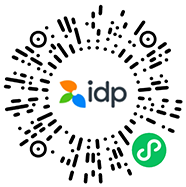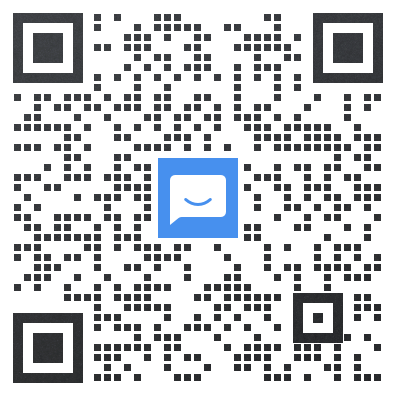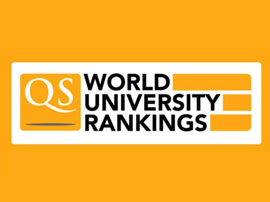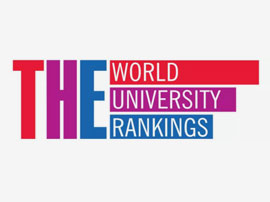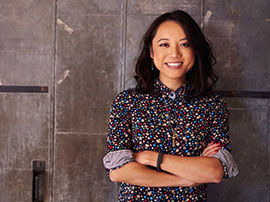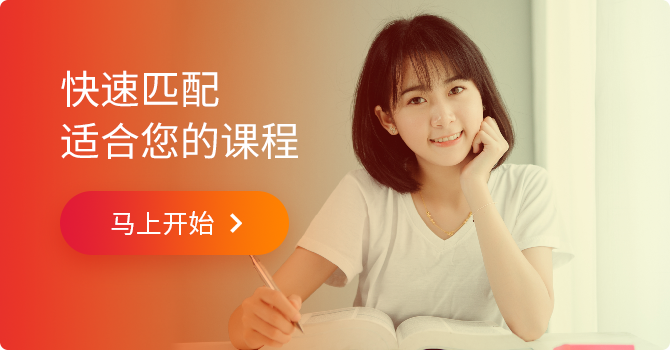- IDP China>
- 课程库>
- 教育学>
- 教育>
- 教育程度和方法>
- Bachelor of Science in Education - Middle Childhood Education (Grades 4-9)
Bachelor of Science in Education - Middle Childhood Education (Grades 4-9)

学历文凭
Bachelor Degree

专业院系
Department of Teaching, Curriculum, and Educational Inquiry

开学时间

课程时长

课程学费

国际学生入学条件
Completion of formal secondary education in a pre-university curriculum.
Completion must include the awarding of a diploma or the issuance of a leaving certificate or matriculation certificate generally recognized as the educational qualification necessary for admission to higher studies.
English language ability at a level sufficient to undertake a full course of study.
For more information on meeting this qualification, see Miami University's English language proficiency requirements.
Scholastic Aptitude Test (SAT) or American College Testing (ACT) scores (if applicable).
International students are not required to provide an ACT or SAT score, but they may use the ACT or SAT to satisfy English language proficiency requirements.
Copy of Passport or National ID card. All international applicants and international students who are visa holders in the US must also provide a copy of their current visa or immigration status. All international applicants and international students who are visa holders in the US must provide a copy of their current visa or immigration status.
Duolingo - 110
IELTS - 6.5, TOEFL IBT - 80
IDP—雅思考试联合主办方

雅思考试总分
6.5
了解更多
雅思考试指南
- 雅思总分:6.5
- 托福网考总分:80
- 托福笔试总分:160
- 其他语言考试:Pearson Test of English (PTE) Academic and PTE Academic Online- 53
CRICOS代码:
申请截止日期: 请与IDP顾问联系以获取详细信息。
课程简介
相关申请
 预科
预科 奖学金
奖学金 实习机会
实习机会 在校学习
在校学习 跨境学习
跨境学习 校园授课-线上开始
校园授课-线上开始 在线/远程学习
在线/远程学习
关于迈阿密大学牛津分校

成立于1809年的迈阿密大学一直以公立学校的花费提供杰出的、常春藤联盟质量的教育,确保迈阿密大学被视为美国投资回报率最高的学校之一。该大学位于俄亥俄州的牛津市,并在牛津附近和欧洲卢森堡设有区域校区,其多样化的学习课程和现代化的设施确保所有学生都能在一个安全而有趣的地方学习和培养更广泛的技能。迈阿密大学为学生提供资源,提供一个强大的学习平台。很多人在迈阿密大学取得成功--99%的毕业生会在6个月内找到工作或继续深造。迈阿密大学最适合有雄心壮志和勤奋的人,追求最高质量教育的学生将在迈阿密大学获得成功所需的一切工具。大学热烈欢迎国际学生,大学里有一种真正的社区感。来自美国以外的学生会发现大学有一个多元化的学生群体、优秀的支持服务以及为国际申请者量身定做的各种奖学金。校园维护良好,设备齐全,学生所需的一切都触手可及。大学向所有一年级和二年级学生提供校内住宿,周围社区的高年级学生也有丰富的出租房选择。各种各样的餐饮和娱乐设施满足了基本需求和社会需求。
本校相关课程

Bachelor of Science in Business - Accountancy
学历文凭
Bachelor Degree
开学日期
课程费用总额


Bachelor of Arts in American Studies
学历文凭
Bachelor Degree
开学日期
课程费用总额

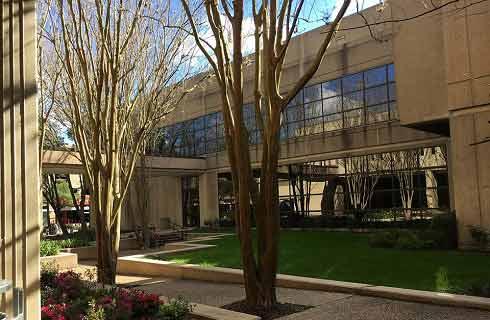
Bachelor of Arts in Anthropology
学历文凭
Bachelor Degree
开学日期
课程费用总额


Bachelor of Arts in Architecture
学历文凭
Bachelor Degree
开学日期
课程费用总额

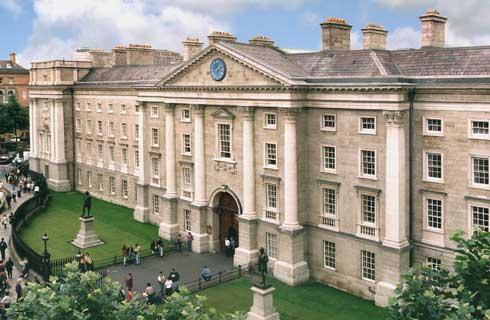
Bachelor of Arts in Art and Architecture History
学历文凭
Bachelor Degree
开学日期
课程费用总额


Bachelor of Science in Art - Art Education (Pre K-12)
学历文凭
Bachelor Degree
开学日期
课程费用总额

其他相关课程
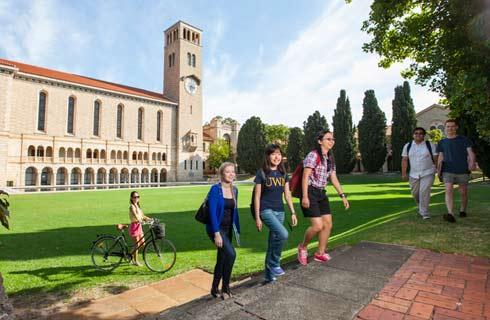
教育学理学硕士-幼儿教育
 霍夫斯特拉大学-INTO USA
霍夫斯特拉大学-INTO USA学历文凭
Masters Degree
开学日期
课程费用总额

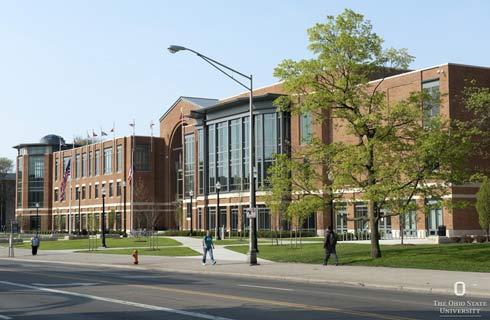
Master of Education in Higher Education in Student Affairs (Executive Track)
 塞勒姆州立大学
塞勒姆州立大学学历文凭
Masters Degree
开学日期
课程费用总额

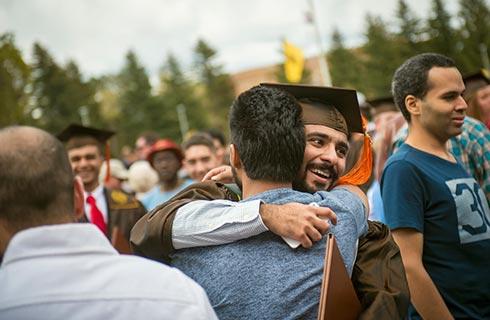
Master of Arts in Teaching in Secondary Education - Latin
 肯特州立大学
肯特州立大学学历文凭
Masters Degree
开学日期
课程费用总额


安大略大学职前消防员教育和培训证书
 乔治亚学院
乔治亚学院学历文凭
Bachelor Degree
开学日期
课程费用总额

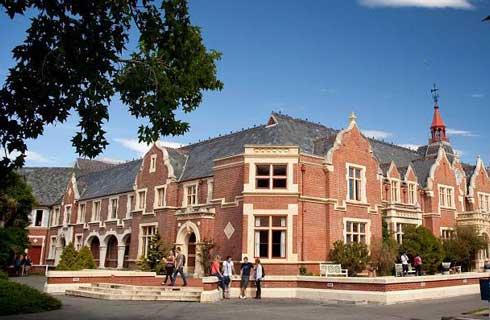
教育文学硕士(基础教育)
 太平洋路德大学- EC Higher Education
太平洋路德大学- EC Higher Education学历文凭
Masters Degree
开学日期
课程费用总额

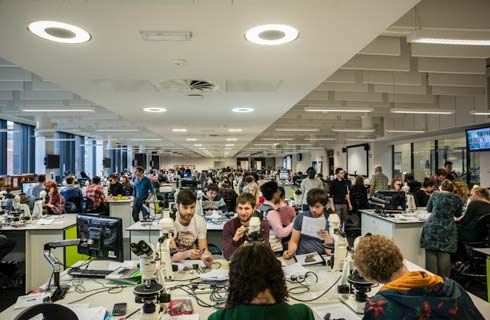
Bachelors of Arts in Educational Foundations for Elementary Teachers /Master of Arts in Teaching with Teacher Certification in Grades K-6 and Teacher of Students with Disabilities
 蒙特克莱尔州立大学
蒙特克莱尔州立大学学历文凭
Combined Baccalaureate and Master's Prog
开学日期
课程费用总额



